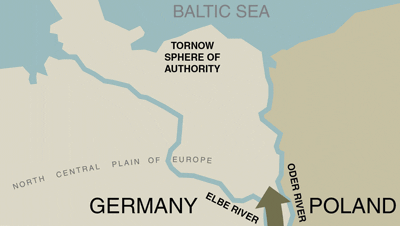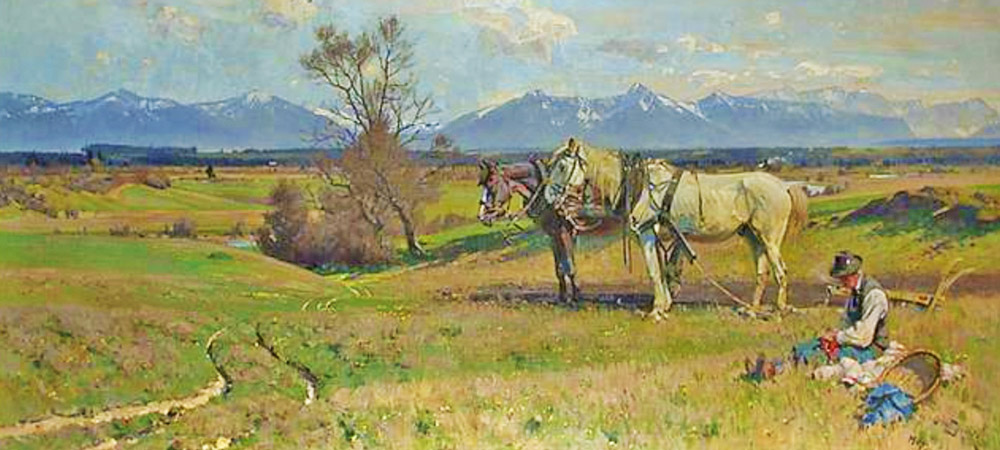Early Middle Ages

Tornow Sphere of Authority. R. Tornow 04
Sometime in the Early Middle Ages (after 600AD) a group migrated into the North Central European Plain in between the Elbe river to the west and the Oder river to the east, somewhere south of present day Berlin. Valentin V. Sedov identifies this group as the Slavic Tornow Culture and places them in the middle of the Oder and the Havel river basins in the 7th century. The Havel river is in between the Elbe and the Oder rivers. 02 Ludomir R. Lozny identifies a region wide multi-agent group in the 700s-800AD period that he refers to as the Tornow Sphere of Authority. 03 Herrmann, J. ed. 1985, places the Tornow Culture in the 600-800AD period in this area.
The Tornow Culture was a group of farmers, builders, potters, and occasionally by necessity, warriors, that banded together to achieve common goals such as clearing forrest for farm land and building dwellings for protection and grain storage. The Tornow Sphere of Authority would eventually extend as far north as the Baltic Sea and east into northern Poland.
The name Tornow and these variations Tornau, Tarnow, Tornitz, Turnov, Terne, Ternova, Ternjak, Tarnowce, and Tatrnowweitz refer to tarn or tarnik which means a "thorn-tree". Names and Their Histories: Alphabetically Arranged as a Handbook of Historical Geography and Topographical Nomenclature. 05
500AD
Around 500AD, in the North Central Plain of Europe societies had to deal with the consequences of the collapse of the Roman Empire and the influence of the Carolingian domain. At this time there was an unrecorded archacolgically and historically region-wide group that emerged and is identified by Lozny as the Tornow Sphere of Authority. This group emerged in the 700s - 800s AD. Older European literature refer to the movement of people in the 500s and 600sAD as the Great Migration Period. People were moving because of political instability and a search for reliable food sources. There was a region-wide emergence of fortified villages and forts that help to define a sphere of authority. These forts were similar in size and construction and would require a collective organization on the part of the inhabitants. The Tornow Sphere of Authority built forts that were constructed in a short period of time by construction specialists. 06
The Tornow Sphere of Authority declined in the aftermath of the Treaty of Verdun (843), which profoundly crippled the Carolingian Empire and the ability to control (sponsor?) the eastern outskirts of its domain. The collapse of the Empire after 887 is visible in the archaeological record of the North Central European Plain, paralleled by the collapse of the Tornow Sphere of Authority. The disintegration of the Tornow Sphere of Authority (burnt forts) created a region-wide political vacuum that prompted localized attempts at centralization of power in eastern parts of the region such as Greater Poland, and which resulted in the appearance of a first-generation short-lived state in the 1000s. 07
